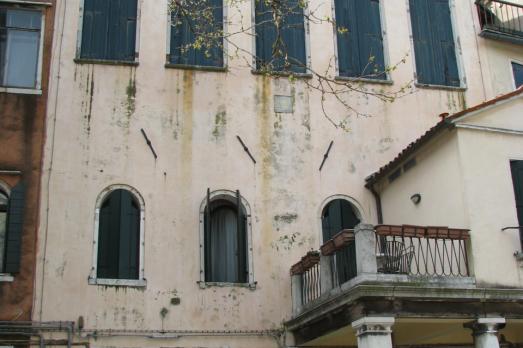
Scuola Italiana in Venice
Venice, IT
The Scuola Italiana in Venice was first built in 1575 and rebuilt in the 18th century. This Baroque stone building still serves as a synagogue.
Here you can search for a building to visit. You can use the map find destinations, or you can use the filters to search for a building based upon what different criteria.

Venice, IT
The Scuola Italiana in Venice was first built in 1575 and rebuilt in the 18th century. This Baroque stone building still serves as a synagogue.
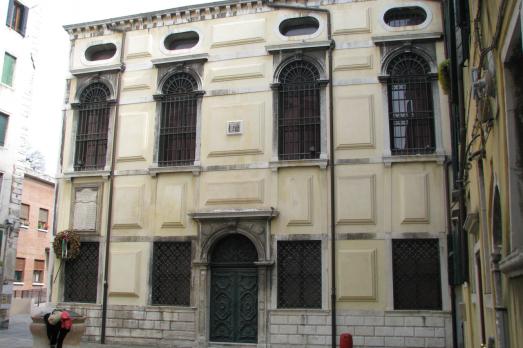
Venice, IT
The Scuola Levantina in Venice was built between 1538 and 1561, with some parts dating from 1680. This Mannerist stone building still serves as a synagogue.
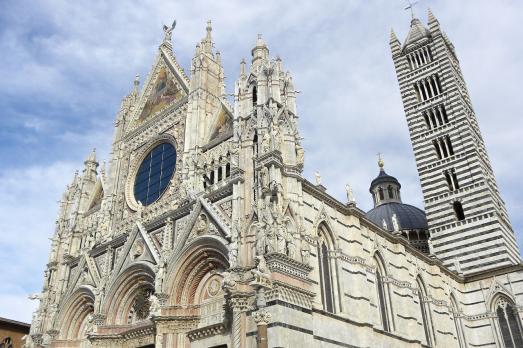
Siena, IT
The Cathedral of Santa Maria Assunta was built in the 13th century in the Romanesque-Gothic Italian style. It is famous for its intensive use of marble marquetry. An enlargement of the church took place in the 14th century, but was abandoned with its failure. As part of Historic Centre of Siena, the cathedral is a UNESCO World Heritage Site.
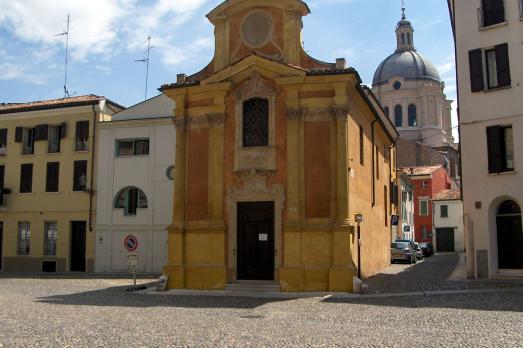
Mantova, IT
The small church of the Madonna del Terremoto is a baroque church built in 1754. It celebrates the Virgin Mary, recognized as the city's saviour during the violent earthquake of 1693 that struck Italy.
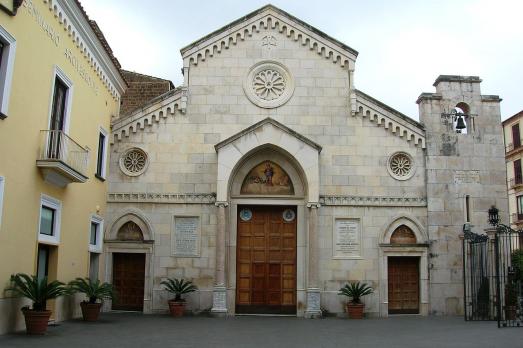
Sorrento, IT
The present Sorrento Cathedral was completed around the 11th century and consecrated on March 16, 1113, to the Assumption of the Virgin Mary and the Apostles Philip and James. Over the years it has undergone considerable extensions, such as those commissioned by Bishop Domizio Falangola in 1450 and by Cardinal Francesco Remolines in 1505. After the invasion of the Turks in 1558, it was completely rebuilt in 1573, on the orders of Bishop Giulio Pavese, and took on its present Baroque appearance following work carried out in the early 18th century by Bishops Didaco Petra and Filippo Anastasio. The façade was completely rebuilt in 1924, in neo-gothic style, following a violent whirlwind that damaged the entire structure. In 1936 all the paintings inside the church were restored.
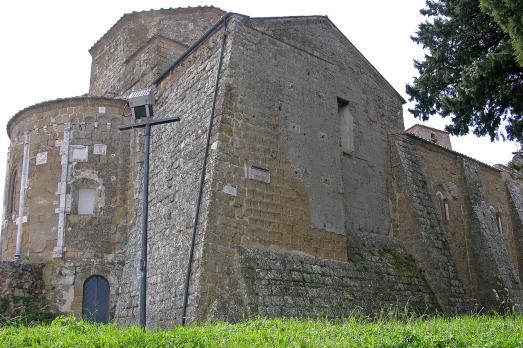
Sovana, IT
The Cathedral of Sovana dates back to the 8th and 9th centuries, and from that time until the 17th century it was subject to repeated structural interventions or decorative modernisation. Tradition has it that the Bishop of Palermo, Mamiliano, carried out evangelisation work in Sovana at the beginning of the 4th century. This early conversion to Christianity earned Sovana its appointment as an episcopal see in the 5th century.
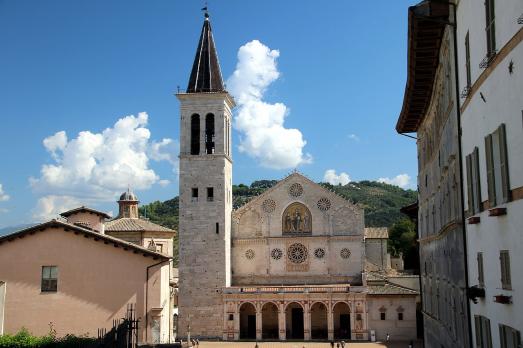
Spoleto, IT
The Cathedral of Spoleto was built in the 11th and 12th centuries on the site of an older Romanesque church. The Romanesque façade and the bell tower were completed in 1207. The original Romanesque porch was replaced in the 15th century by a Renaissance porch, the interior was completely modified in the 17th century by Pope Urban VIII, former Bishop of Spoleto, and his nephew Francesco Barberini, who was also Bishop of Spoleto. The last modifications were finally made in the 18th century.
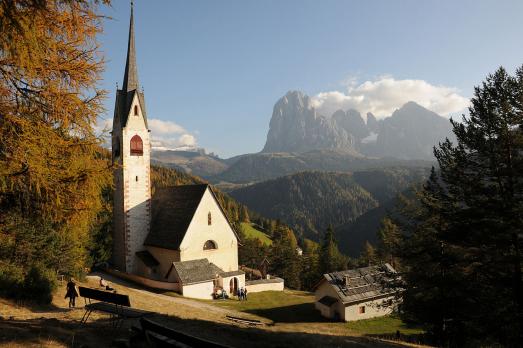
Urtijëi, IT
St Jacob Church is the oldest religious building in Val Gardena, founded in the 12th or 13th century. The church has a Romanesque core that was reworked in late Gothic style in the 17th century. The church contains valuable 15th century frescoes in the apse, the other paintings on the walls near the pulpit date from the late 18th century.
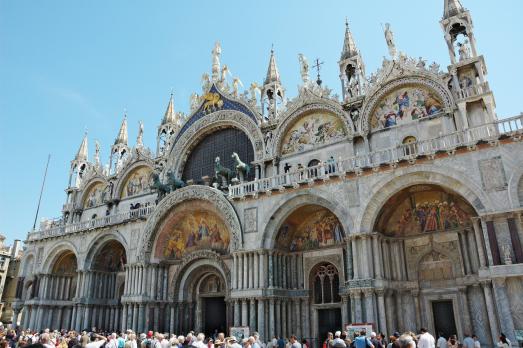
Venezia, IT
St. Mark's Basilica, with the Campanile and St. Mark's Square, is the main architectural site of Venice. The current basilica, built on an old church also dedicated to St. Mark, dates back to the 11th century. Throughout the period of the Republic of Venice, the church belonged to the Doge's Palace. It was not until 1807 that St. Mark officially became a cathedral.
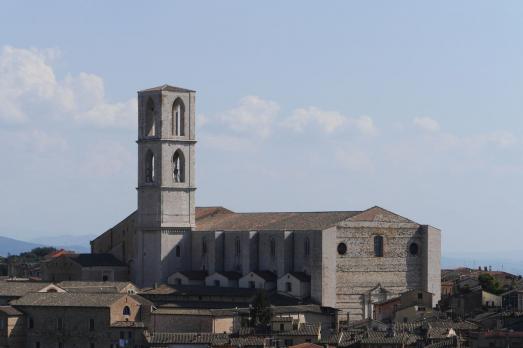
Perugia, IT
St. Dominic's Basilica was built at the beginning of the 14th century on the initiative of the Dominicans, according to a project by Giovanni Pisano (1248-1318). The work was completed in 1458. Between 1629 and 1632, the interior was completely refurbished by Carlo Maderno according to a Latin cross plan with three long naves in a sober style, all in white. All that remains of the original building is the cloister (1455-1579) and, at the level of the choir, a large Gothic window dating back to the 15th century. The two adjoining cloisters of the convent house the State Archives and the National Archaeological Museum of Umbria.

new
As a university city, cultural offerings abound in Tartu and will reach their peak after being designated one of three European Capitals of Culture for 2024. In this list, we've compiled the most interesting sacred places to visit in and around the old town.

Bodø has evolved from a picturesque fishing village to a bustling cultural epicentre in the northeastern Norwegian county of Nordland. Here is a list of the top churches to visit in Bodø, the only European Capital of Culture above the Arctic Circle.

The small Austrian spa town of Bad Ischl is known for its beautiful nature and peaceful atmosphere. Emperor Franz Joseph I of Habsburg, described it as an "earthly paradise". Here is a list of religious heritage sites you should visit.